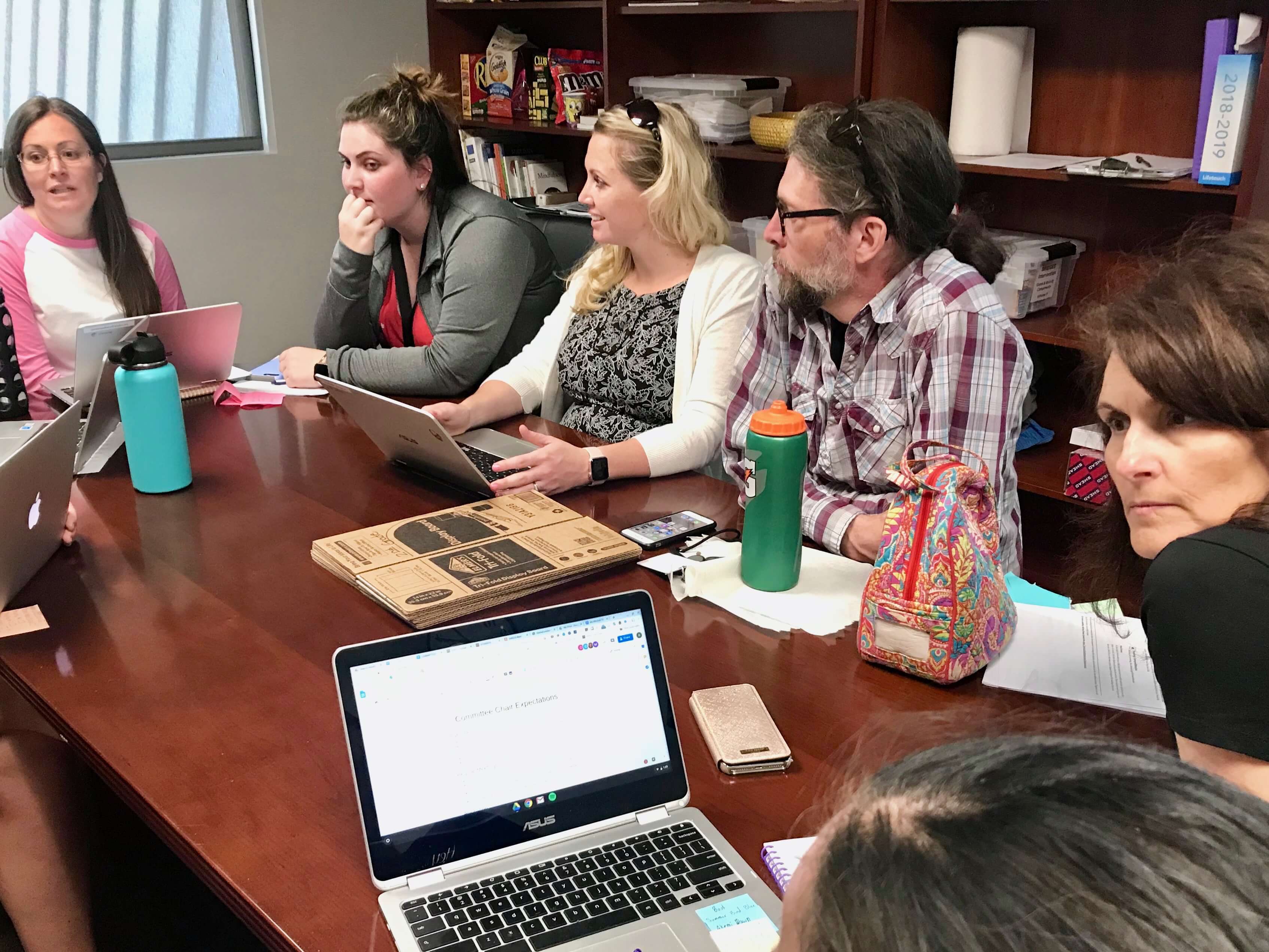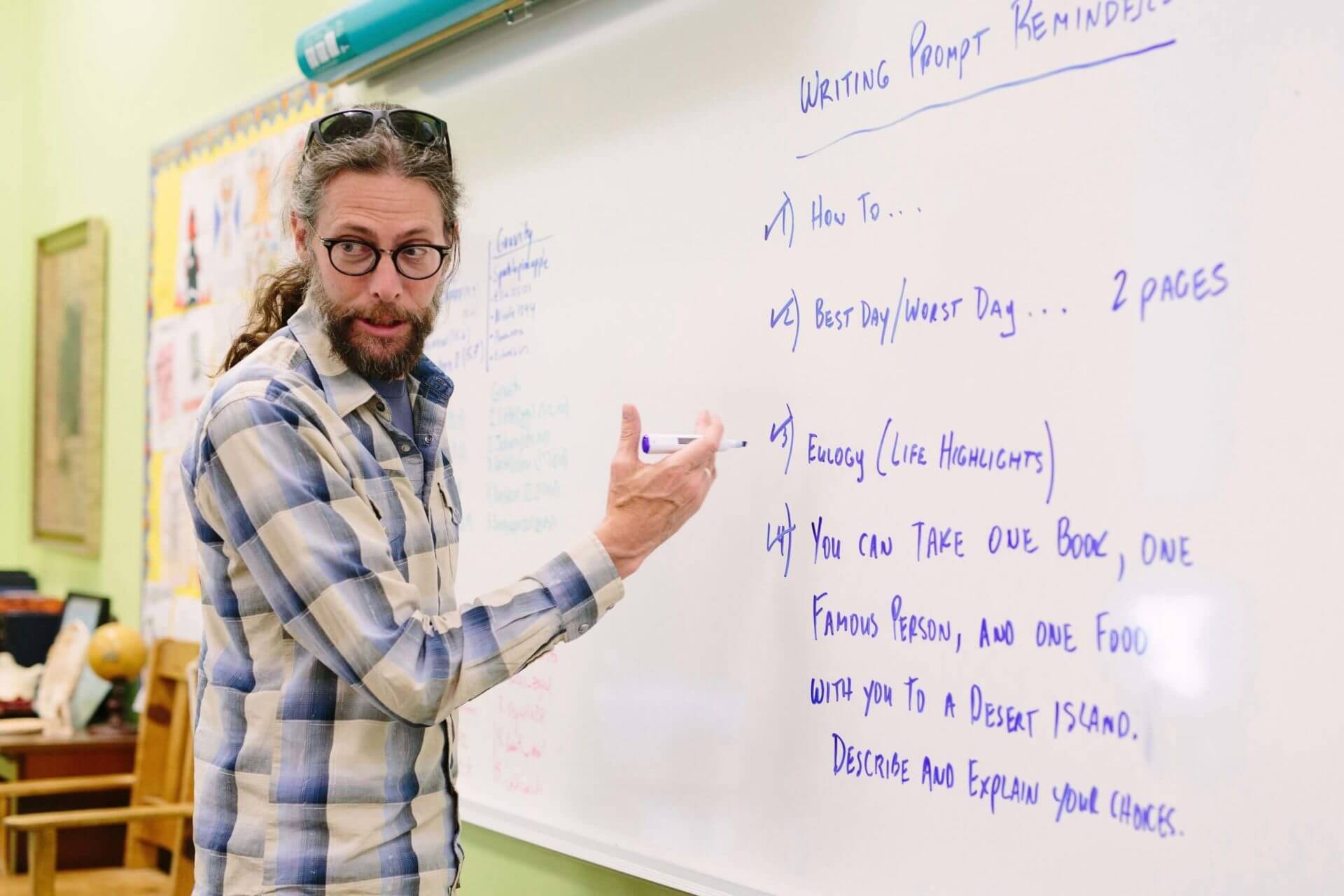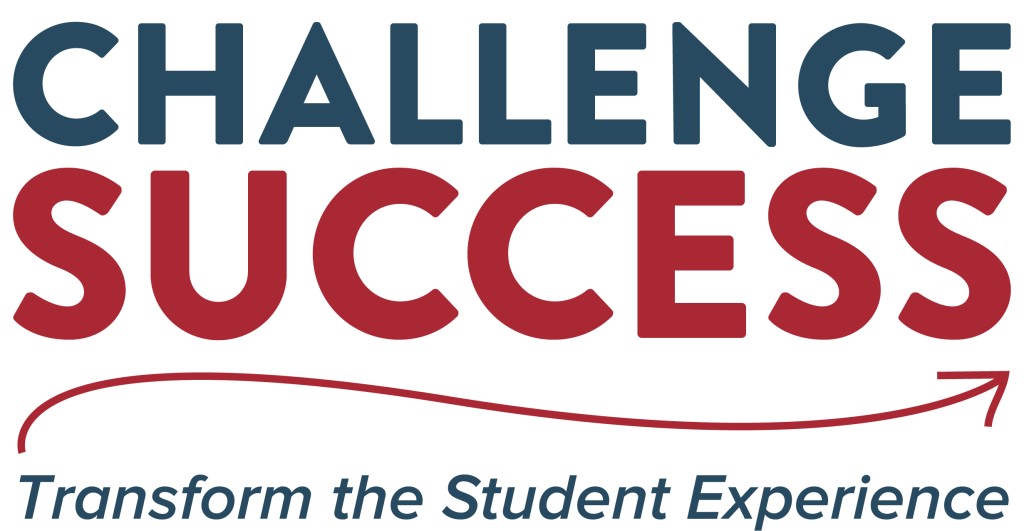We are pleased to announce that WSD was awarded the Utah State Charter School Board’s…
Last spring, an article was published in the online educational magazine, Edutopia, that featured Weilenmann School of Discovery’s administrative model. In the article, educational consultant Heather Wolpert-Gawron made the observation that “one of the elements that makes this school different is the relationship between its teachers and administration. This charter school’s administrators still spend time in the classroom.” Though this is a challenging model to sustain, WSD has successfully done so for all of its 9 years of operation. “The most significant contribution that is made at a school is teaching, and in the relationship between the teacher and the student,” explains Cindy Phillips, WSD’s Executive Director. “[We] want to be part of that.”
In addition to a number of benefits, this model sends a clear message that “teaching and learning are the primary activities of a school.” It also keeps school leaders connected to students and other teachers. All four of WSD’s academic administrators teach students, create lesson plans, grade papers, collaborate with colleagues, hone their teaching skills, and — an important point — feel the effects of their own administrative decisions just as every other teacher at WSD.
Supporting this administrative model requires flexibility, collaboration, and innovative thinking, not only among the admin team, but among the staff. Currently, over half of WSD’s staff, including 90% of its teachers, chair and/or serve on at least one of the school’s 11 administrative committees — many serve on multiple committees. The committee framework has allowed many tasks previously assigned to administration to be delegated to teacher leaders. It also fosters deeper collaboration and collegiality among staff, who are invited to share their ideas and expertise with those who trust and respect their contributions.
Administration’s confidence in its staff empowers them to make good decisions for the school, builds autonomy, and distributes the leadership in the school community. Committees meet regularly and range in scope to include safety, sustainable practices, student support, Mindfulness, professional development, new faculty support, vertical curriculum, school theme, methods and technologies, writing, and staff morale. In addition, the WSD Board has invited faculty members to serve on board committees, and vice versa. All committees focus on serving the needs of the student as guided by the vision and mission of the school. In school year 2019-20, WSD will extend this model to our student community with the addition of the Student Life Committee. Students in grades 3 – 8 will be invited to serve on this committee, which will be chaired by WSD faculty.
WSD’s leadership model is intentional. It is strengthened by a shared vision of the school’s mission as well as a belief that all have something to contribute and all have something to build on. It requires an investment of time, but results in an invested community of administrators, teachers, and staff.
See also Heather Wolpert-Gawron, “When Administrators Keep Teaching,” Edutopia, April 30, 2018.







